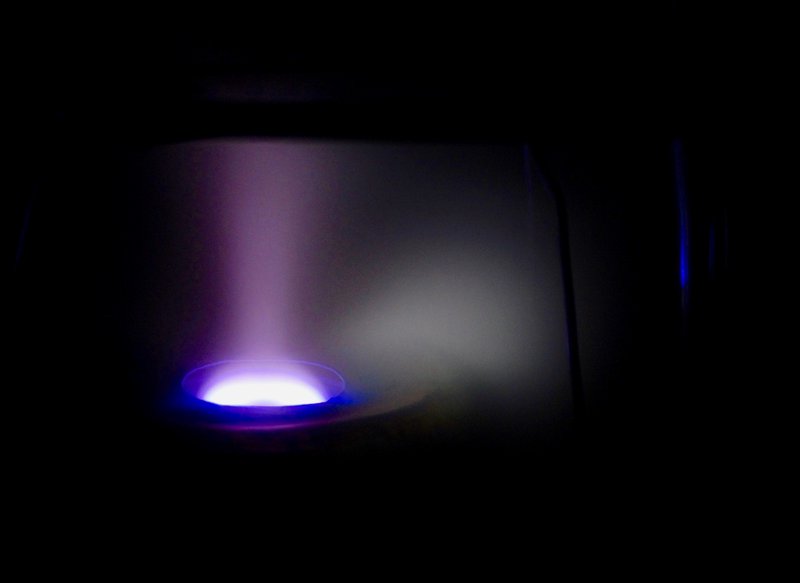Dave Sopchak will host the last Hack Chat of the year on Wednesday, December 14 at noon Pacific.
Time zones got you down? Try our handy time zone converter.

Of all the things driving technology forward, you'd have to say that the ability of chip makers to squeeze more complex circuits than ever onto silicon has to rank right up there. And while that's no doubt true, it only tells a part of the story. For our money, though, the advancements in battery technology over the last 30 years or so are the real champ, because without compact, cheap, energy-dense batteries, almost none of the cool stuff we see today, from smartphones to electric vehicles, would be practical.
Battery technology has come a long way from the days when carbon-zinc and nickel-cadmium cells were kings. New chemistries, better materials and methods, and engineering improvements have all contributed to incredibly powerful, incredibly compact batteries that make applications nobody could have thought of just a few decades ago possible.
Dave Sopchak has been in the thick of battery engineering since taking a doctorate in electrochemistry from Case Western Reserve. Since then he has worked at several fuel cell start-ups, and is now working on a lithium-air battery that sounds really interesting. We've asked him to help us wrap up the 2022 Hack Chat series with a discussion on battery engineering, with a focus on upcoming technologies and advancements that could really put some power in your pocket.










Mike, check out
https://en.wikipedia.org/wiki/Nickel%E2%80%93iron_battery
that's the Edison iron battery, or nickel/iron